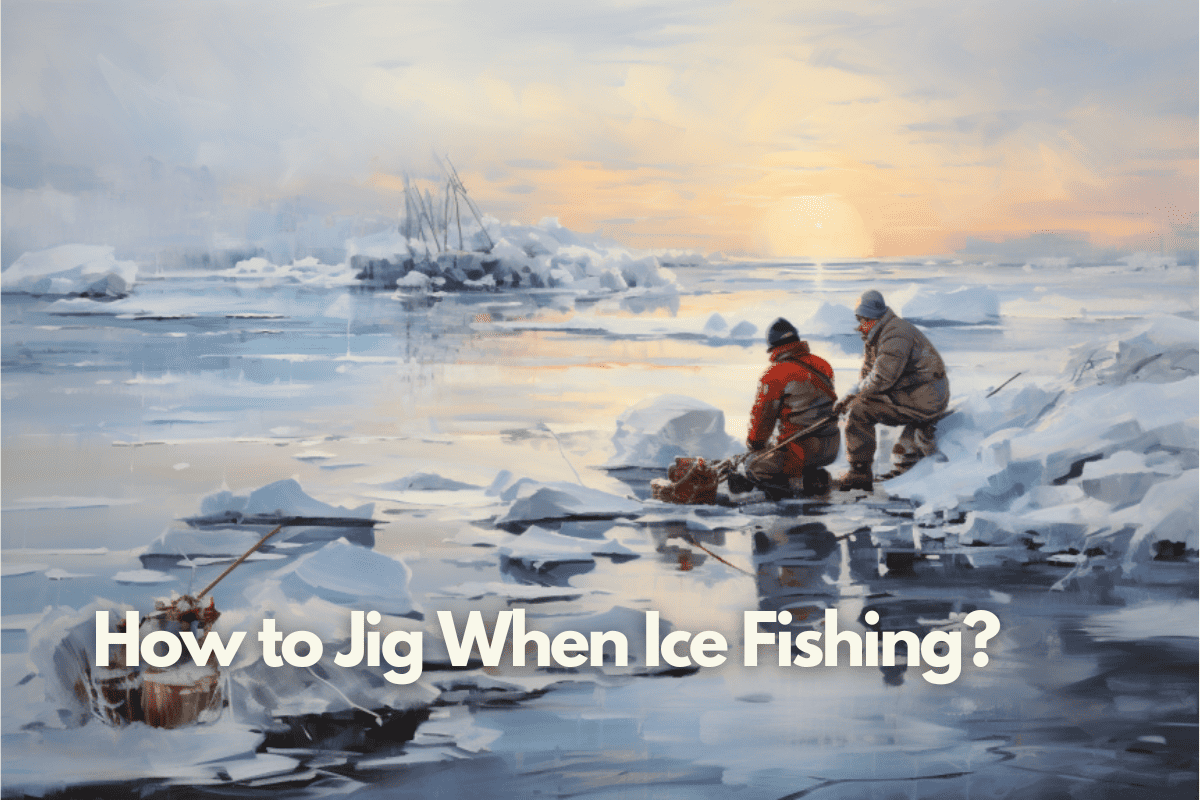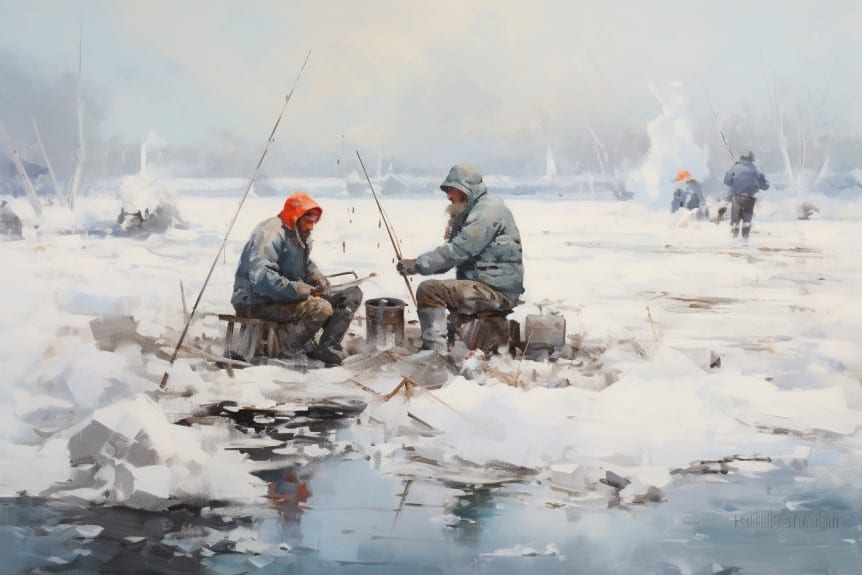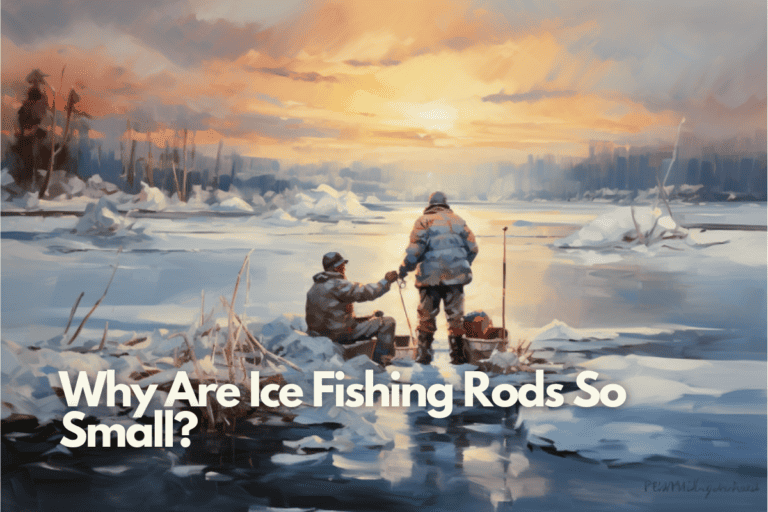How to Jig When Ice Fishing: Mastering the Art of Jigging Under the Ice

Ice fishing is a popular winter activity, especially in regions where lakes and ponds freeze over. One of the most effective techniques used in ice fishing is jigging. But what exactly is jigging, and how to jig when ice fishing?
This article will delve into the art of jigging during ice fishing, providing insights and tips from various experts in the field.
How to Jig When Ice Fishing: The Basics of Jigging
Jigging in ice fishing refers to the vertical presentation of a lure, often involving a series of lifts and drops to mimic the movement of prey. The goal is to attract fish to the lure and entice them to bite.
Jigging can be done manually by moving the fishing rod up and down or using specialized jigging machines.
Effective Jigging Techniques for Ice Fishing
- Still Jigging: This method involves watching the fish finder as the lure falls and stopping it where the fish are. Small bits of bait can enhance the lure’s attractiveness, but it’s essential not to overdo it as too much bait can restrict the lure’s action.
- Waving the Flag: This technique involves lifting and dropping the rod, allowing the lure to free fall. The lift and drop can vary from a few inches to several feet. Different waves, such as slow up and down or fast up and down, can be effective.
- Gentle Lift & Drop: Gently pump the rod with small lifts and drops, adding pauses to the pumping action to incite fish to strike. This action makes the lure appear alive. Paying attention to the fish finder can provide insights into fish behavior and when to pause for a strike.
- Swim or Drag: This method involves swimming or dragging the lure side-to-side while slightly pumping the lure. This action can bring about reaction strikes and make the lure appear more lifelike.
Tips for Successful Jigging
- Always keep your line as vertical as possible. This ensures better control over the lure’s movement and action.
- Vary your jigging techniques to see which one attracts more fish. Sometimes subtle movements work best, while other times aggressive motions can be more effective.
- Always provide a pause in your jigging motion. Fish often strike during the pause or the downward motion of the lure.
- Pay attention to the environment. For instance, fishing on snow-covered ice can provide cover for the fish below, especially in clear water conditions. This can shield the angler’s movements from the fish, making them less likely to be startled.
Final Thoughts

Jigging is an art that requires patience, observation, and adaptability. By understanding the behavior of the fish and adjusting your techniques accordingly, you can increase your chances of a successful catch.
Remember, the key is to be versatile and open to trying different methods until you find what works best for you.
FAQs
Q1: What is jigging in ice fishing? A: Jigging in ice fishing refers to the technique of vertically presenting a lure in the water. This involves repeatedly raising and lowering the lure to simulate the natural movement of prey, enticing fish to strike.
Q2: How do I know which jigging technique to use? A: To determine the most effective jigging technique, closely observe the behavior of the fish. Experiment with various jigging motions, speeds, and pauses. Additionally, using a fish finder can provide valuable information about fish activity and depth, aiding your technique selection.
Q3: Is it better to fish on snow-covered ice or clear ice? A: Fishing on snow-covered ice has its advantages, especially in clear water conditions. The snow cover can act as camouflage, concealing your movements from the fish below. This can make the fish less likely to be spooked by your presence, potentially increasing your chances of success.





